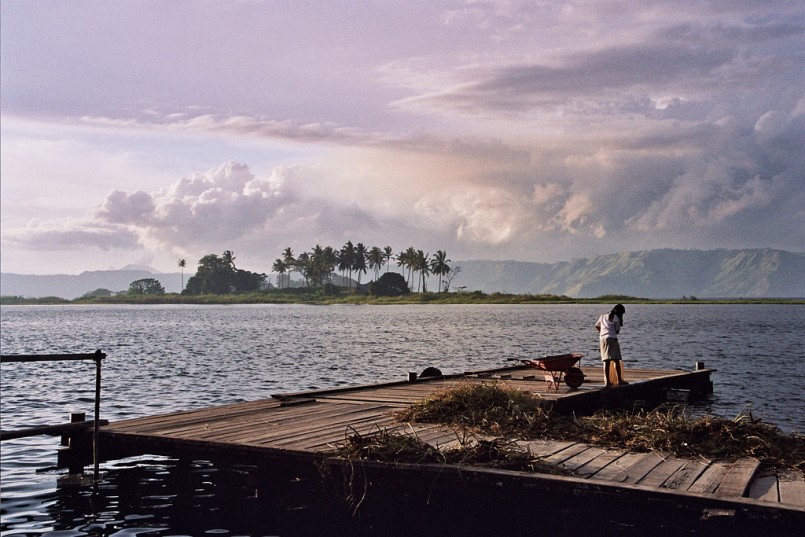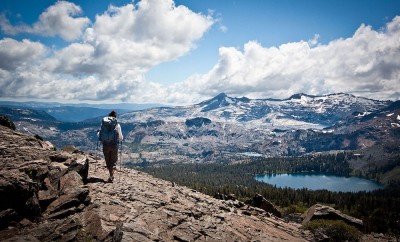Asia
Lake Toba: Where human population almost ended

Photo: Marc Veraart
Glistening Lake Toba rests in the northernmost region on the Indonesian island of Sumatra. What looks like a charming lake with beautiful views of a lush central island was once an apocalyptic nightmare. Lake Toba is not what it may seem.
You see, around 80,000 years ago, Lake Toba wasn’t a lake at all. In fact, this was the site of a massive (and highly active) volcano. And when Toba erupted somewhere between 69,000 – 77,000 years ago, there were life-altering results. Earth’s human population was reduced to less than 10,000. The entire Southeast Asia region was covered in a six inch layer of ash. A volcanic winter (that might have lasted for 1,000 years) changed life around the world forever.
Researchers and theorists debate the details on Toba’s catastrophic impact. But one thing they all agree on is that the volcanic event triggered a global change marked by a volcanic winter. Coincidentally (or perhaps not… the jury’s still out), this period of rapid climate change led directly into the last recorded Ice Age. Was this instantaneous drop in global temperatures, by about 3–5 °C, what caused the last glacial period? Or did the eruption merely expedite Earth’s already-changing climate? Researchers can’t seem to agree on the facts.
The most hotly debated theory is of the human bottleneck that might have occurred due to the explosion. Because the poisonous debris that spewed from Toba’s mouth was incredibly lethal to oxygen-dependent life forms (including plants, animals, and humans), archaeologists have found proof that humans pushed to find new territories away from the post-eruption wasteland. Some theories posit that closer to 3,000 humans were left after the volcanic event.
This, of course, has major implications for the world of genetics. If these theories are proven true, it means all of our genetic traits, from skin color to detached earlobes, came from that one cluster of remaining homo sapiens. We can only begin to imagine what humans might look like at present if this genetic bottleneck never occurred.
What we do know is that Toba was the largest volcanic eruption of the last 25 million years. Contextually, it was 100 times more powerful than the 1915 eruption of Mount Tambora (also in Indonesia) that triggered a year-long volcanic winter in the Northern Hemisphere.
Have you ever visited Lake Toba? If so, let us know in the comments what it felt like to stand in the midst of this historic site!





1 Comment